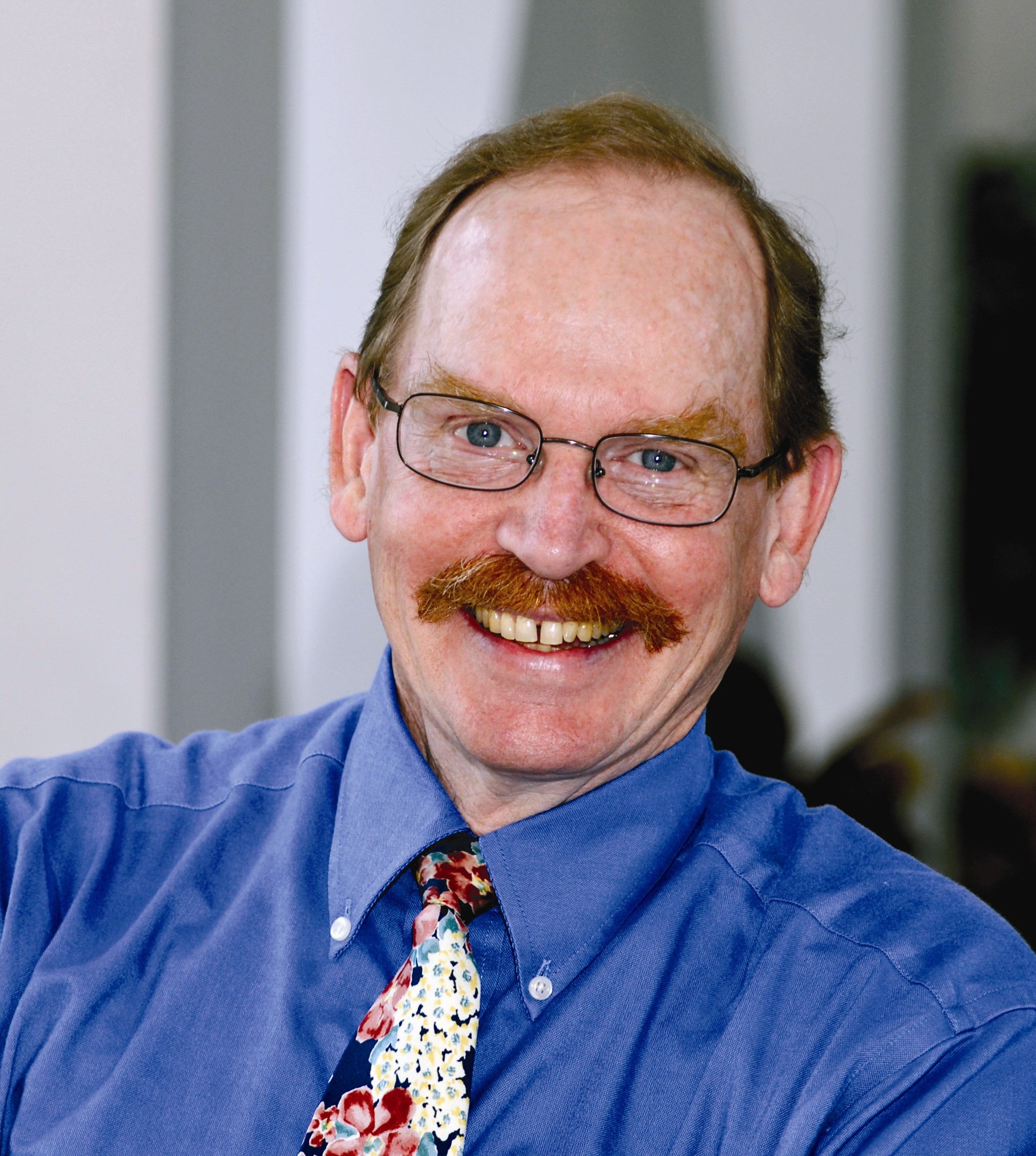
News & Resources
Latest News
Stay up to date with our latest association news
 In 2008, Rev. Judith Cowles published an essay titled “At the Bedside of Mother Earth: A Call to Eco-chaplaincy” (Cowles, 2008). In 2015, Rabbi Katie Allen wrote “A Call for a New Kind of Chaplain,” urging chaplains practicing in conventional settings to consider becoming eco-chaplains, nature chaplains, earth chaplains, or creation chaplains (Allen, 2015). In 2024, the call is still open.
In 2008, Rev. Judith Cowles published an essay titled “At the Bedside of Mother Earth: A Call to Eco-chaplaincy” (Cowles, 2008). In 2015, Rabbi Katie Allen wrote “A Call for a New Kind of Chaplain,” urging chaplains practicing in conventional settings to consider becoming eco-chaplains, nature chaplains, earth chaplains, or creation chaplains (Allen, 2015). In 2024, the call is still open.
Sarah Vekasi in 2005 and Lauren van Hamm in 2007 pioneered the term “eco-chaplain” to characterize their work. Vekasi supported residents and activists opposing mountaintop-removal coal mining, and van Hamm guided corporations seeking a more ecologically sensitive approach. The four individuals cited here represent the Christian, Jewish, and Buddhist traditions, hinting at the diversity found in environmental chaplaincy.
I conducted an online survey of environmental chaplains and ministers, who I broadly defined as those who “work at the spiritual interface of humans and Nature/the environment,” in the summer of 2023. As a short-hand term, I used “eco-chaplaincy” throughout the survey. Fifty-one people completed the survey, revealing a very diverse and committed group, one that is also concerned about the relative isolation, anonymity, and viability of environmental chaplaincy as a recognized area of practice. A “sense of connection and belonging to nature” is a uniting feature of this otherwise diverse group (Taylor, 2001, p. 175).
The largest respondent groups were Christians (52.9%) and Buddhists (25.5%). The next group (19.6%) could be classified as Earth or Nature-based religions: Animism, Druidry, Paganism, Religious Naturalism, Traditional Celtic, Pantheism, Shamanism, and Indigenous spirituality. Several respondents listed more than one primary spiritual tradition.
Some eco-chaplains/eco-ministers work within well-established religious denominations such as the Unitarian Universalist Ministry for Earth and the Episcopal Church Program in Reconciliation, Justice, and Creation Care, while others are pioneers in their own denominations or work independently as (what I have termed) eco-chaplain entrepreneurs. This latter group is individuals with independent solo or small practices. A few are explicitly interfaith, but all address the needs of people of any faith or no faith, a characteristic of chaplaincy. Most are ordained clergy or certified chaplains. Most use the title “eco-chaplain.” The group includes Rabbis, ministers, Buddhist chaplains, and Pagan or other Earth religions practitioners. Their services, which span from guiding clients to reconnect spiritually with Earth and nature to spiritual guidance for working with environmentally-related anxiety and grief, demonstrate the breadth and depth of their work. They also focus on developing resilience in a changing world and working with communities, faith groups, and organizations to support their “green” initiatives. Methods include retreats, forest bathing, one-on-one spiritual guidance, ceremony and ritual, and facilitation.
Many respondents expressed deep concern that, in the face of a growing demand for a spiritual approach to the environmental catastrophe, there is a lack of denominational support, seminary training, and supportive infrastructure, such as environmentally oriented CPE opportunities or a professional organization for chaplains and clergy committed to this arena. This underscores the urgent need for more resources and recognition for environmental chaplaincy. High-impact organizations such as ACPE can provide educational programming and processes for envisioning an expanded professional emphasis on environmental chaplaincy.
Allen, K. Z. (2015, March 19). A call for a new kind of chaplain. https://www.ecofaithrecovery.org/a-call-for-a-new-kind-of-chaplain-by-rabbi-katy-allen
Cowles, J. (2008). At the bedside of Mother Earth: A call to eco-chaplaincy. https://chaplaincyinstitute.org/portfolio-items/at-the-bedside-of-mother-earth-a-call-to-eco-chaplaincy/
